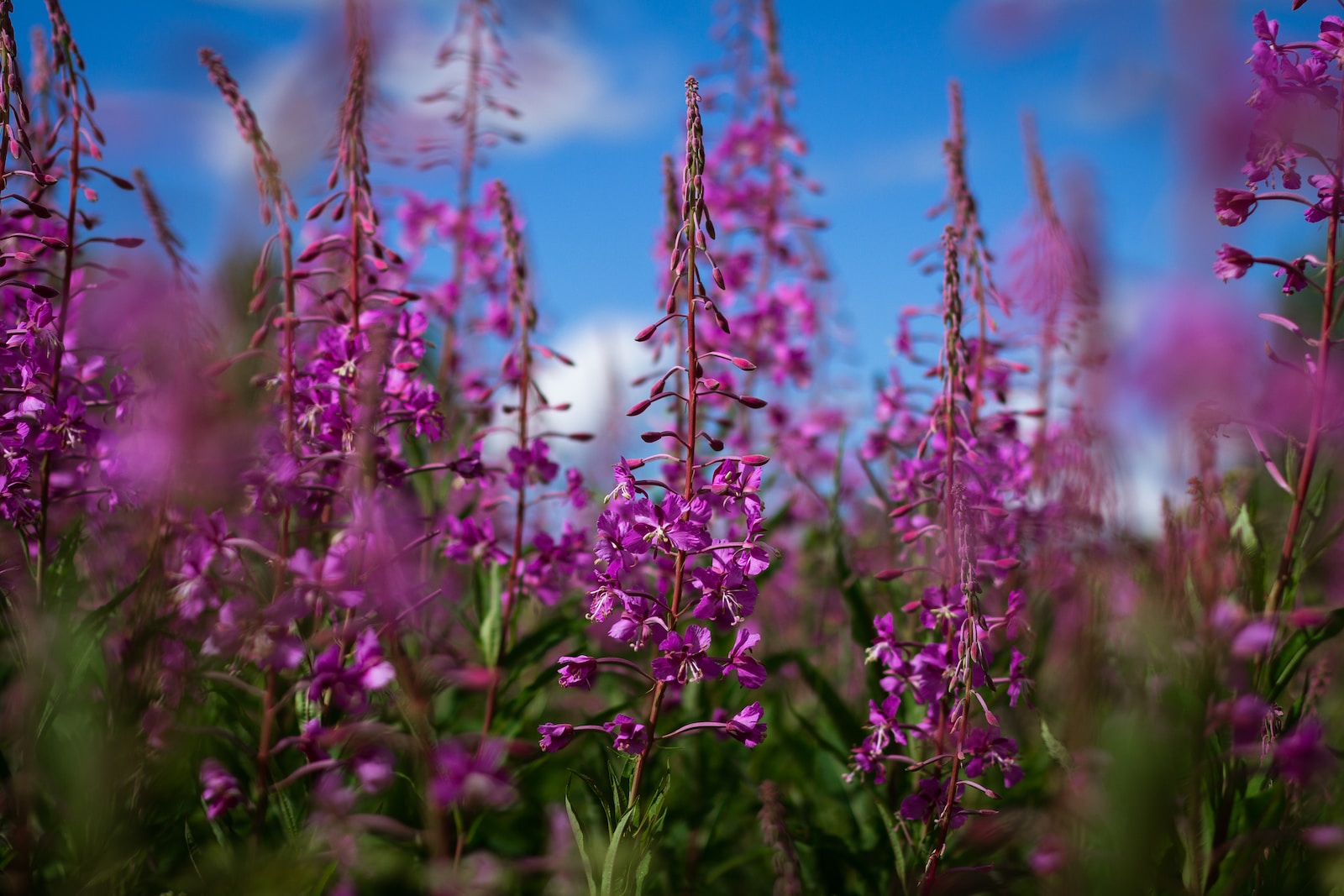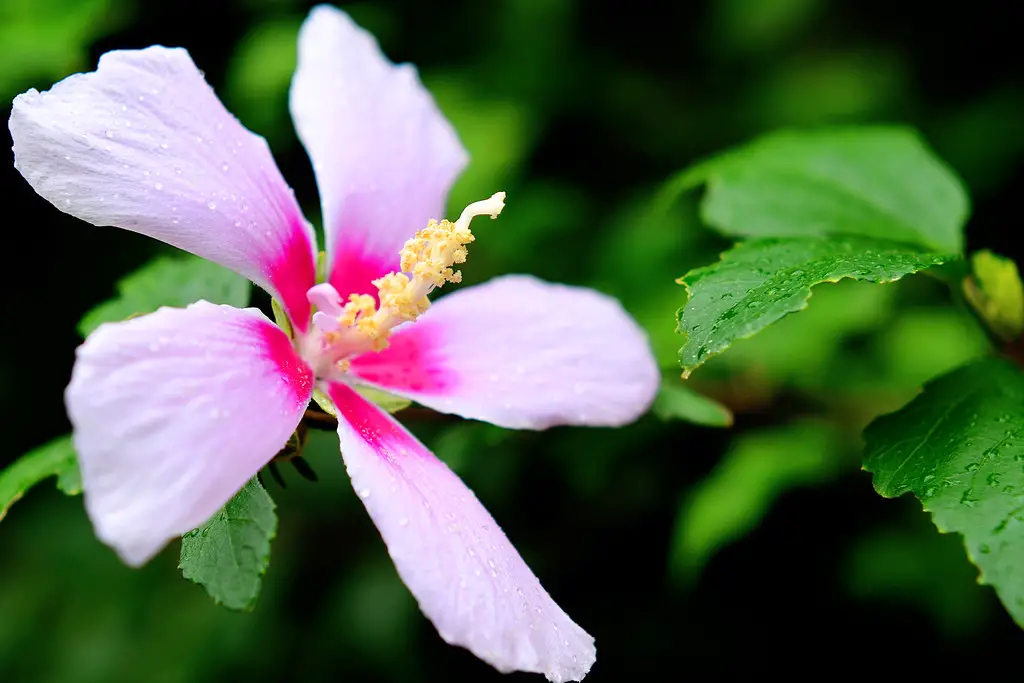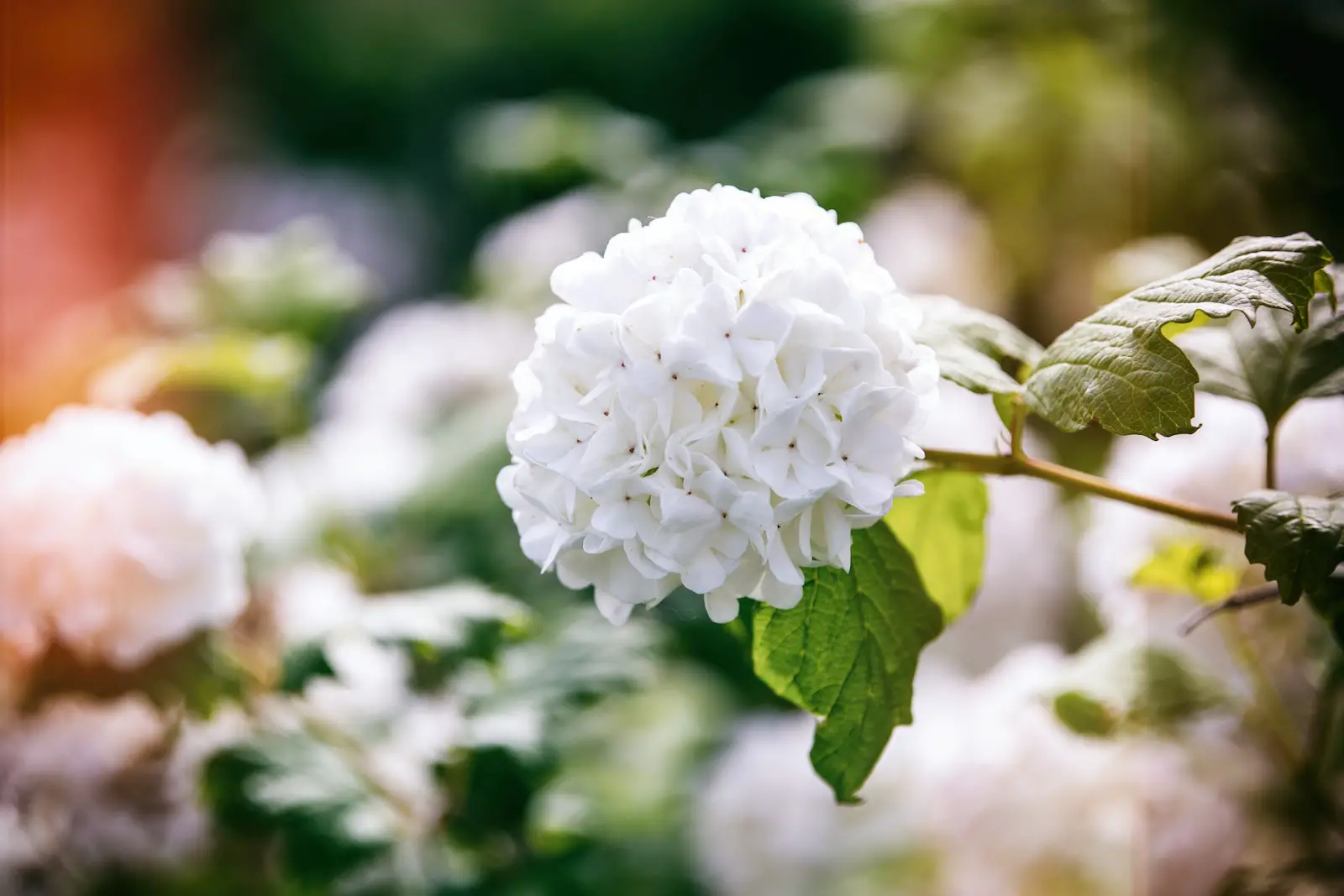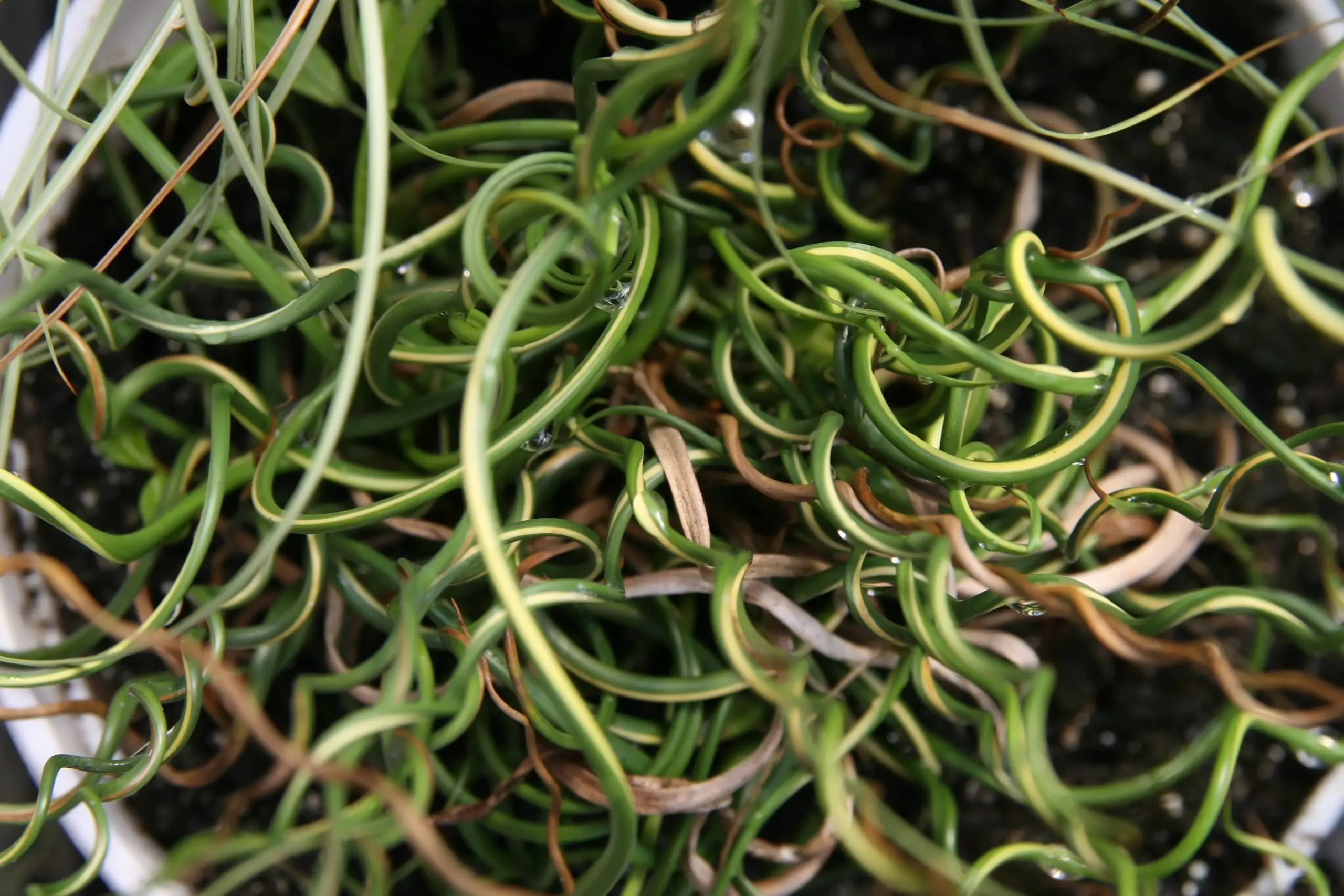Fireweed, scientifically known as Chamerion angustifolium, is an extraordinary flowering plant native to temperate regions of the Northern Hemisphere. Its name is derived from its ability to be one of the first plants to colonize areas disturbed by fire, flooding, or other natural calamities. With its tall, graceful spikes of bright pink to purple flowers, fireweed adds a splash of vibrant color to landscapes.
Not only is fireweed a visual delight, but it’s also known for its medicinal properties. The leaves and young shoots can be consumed as food, while its roots and leaves have been used in traditional herbal medicine. As a symbol of resilience and beauty, fireweed holds a special place in the hearts of gardeners, herbalists, and nature enthusiasts alike.
Fireweed’s adaptability makes it an excellent plant for a variety of gardens and natural settings. While it thrives in open fields, roadsides, and disturbed sites, it can be cultivated in gardens for its aesthetic appeal and beneficial attributes. Its hardy nature, coupled with its minimal care requirements, makes it a valuable addition to various landscapes.
| Common Names | Fireweed, Willow Herb, Rosebay Willow Herb |
|---|---|
| Botanical Name | Chamerion angustifolium |
| Family | Onagraceae |
| Plant Type | Herbaceous perennial |
| Mature Size | 4 to 8 feet tall |
| Sun Exposure | Full sun |
| Soil Type | Well-drained, sandy loam |
| Hardiness Zones | 2 to 9 |
| Native Area | Northern Hemisphere, including North America, Europe |
Fireweed Care
Fireweed is a low-maintenance plant that thrives in many soil types and conditions. It prefers full sun and well-drained soil but is quite adaptable to varying conditions. Regular watering during dry periods is beneficial, although the plant is known to withstand drought to a certain extent.
Pruning can be done to maintain size and encourage fuller growth, while deadheading spent flowers will prolong the blooming period. Fireweed tends to spread through seeds, so controlling seed dispersal is essential to prevent unwanted proliferation in some garden settings.
Light Requirement for Fireweed
Fireweed prefers full sun but can tolerate partial shade. In full sun, the plant produces more vibrant and prolific flowers, making it an ideal choice for sunny locations in the garden.
Soil Requirements for Fireweed
While fireweed can adapt to different soil types, it prefers well-drained, sandy loam. Providing these soil conditions will promote healthy growth and flowering.
Water Requirements for Fireweed
Fireweed is relatively drought-tolerant but prefers consistent moisture, especially in the growing season. Watering during extended dry periods can ensure continued growth and flowering.
Temperature and Humidity
Fireweed can thrive in various temperature and humidity levels, reflecting its wide range in native habitats. It is hardy from zones 2 to 9, tolerating cold winters and hot summers.
Fertilizer
Fireweed generally does not require fertilizer. However, a light application of balanced fertilizer in the spring can promote vigorous growth, especially in nutrient-poor soils.
Pruning Fireweed
Pruning to maintain size and shape can be done in late winter or early spring. Removing spent flowers will encourage continued blooming throughout the summer.
Propagating Fireweed
Fireweed can be propagated through seeds, cuttings, or division. Each method has its advantages, and choosing the right one depends on personal preferences and specific garden conditions.
How To Grow Fireweed From Seed
Growing fireweed from seed is relatively straightforward. Sow seeds in the fall or early spring in well-drained soil, and keep them moist. Germination typically occurs within a few weeks.
Common Pests & Plant Diseases
Aphids
Aphids can be an occasional problem but can be controlled through natural predators or insecticidal soaps.
Powdery Mildew
Avoiding overhead watering and providing proper air circulation can help prevent this fungal disease.
Common Problems With Fireweed
Invasive Growth
Fireweed can become invasive in some areas, spreading through seeds. Controlling seed dispersal and growth area is essential to maintain a balanced garden landscape.
Weak Flowering
Poor flowering may result from inadequate sunlight or poor soil conditions. Adjusting these factors can improve flowering.
Pro Tips
- Plant fireweed in a sunny location with well-drained soil for best results.
- Keep an eye on seed dispersal to prevent unwanted spread in the garden.
- Utilize fireweed’s attractive flowers for visual appeal and its leaves and shoots for culinary purposes.
- Appreciate its resilience and adaptability, as fireweed can thrive in various conditions.



